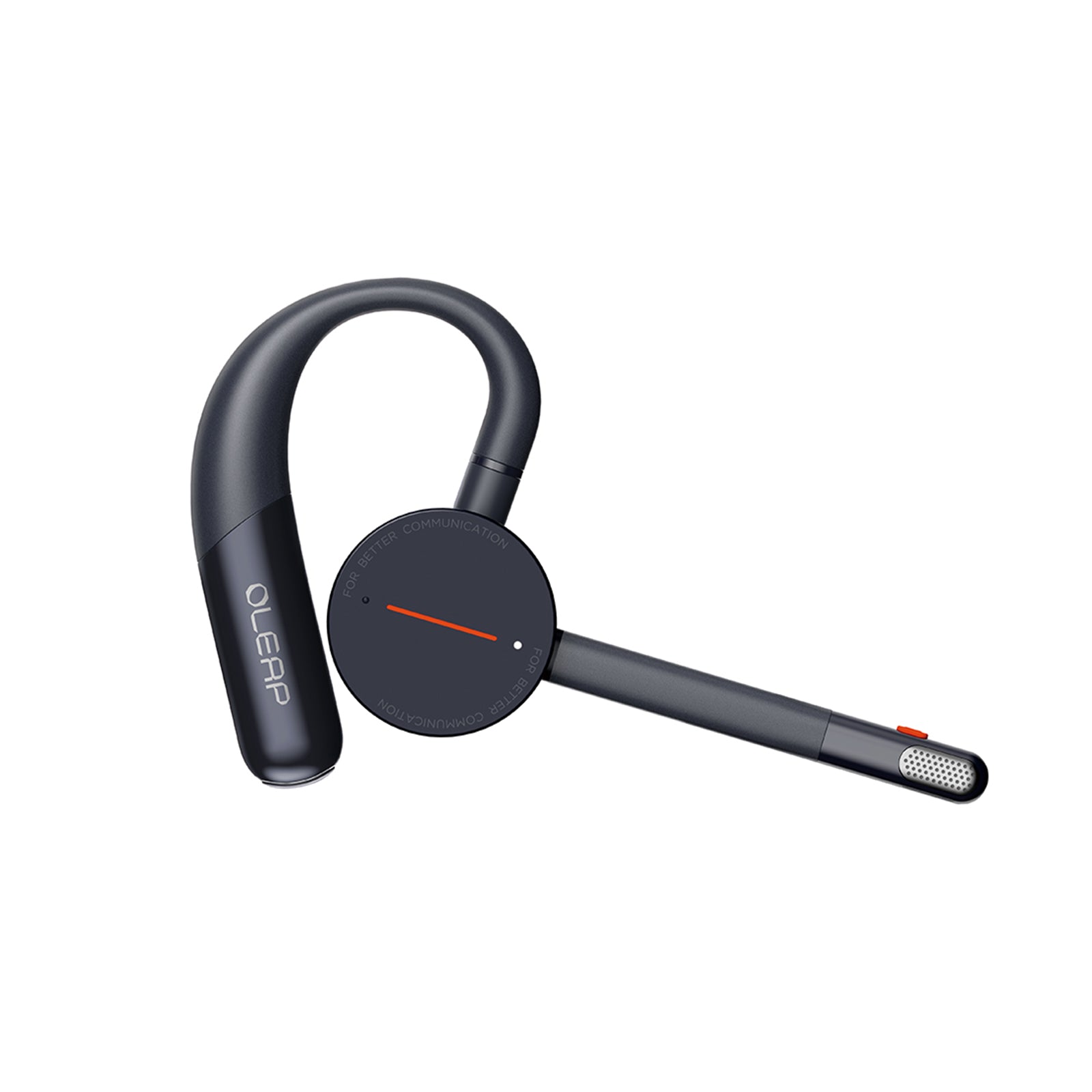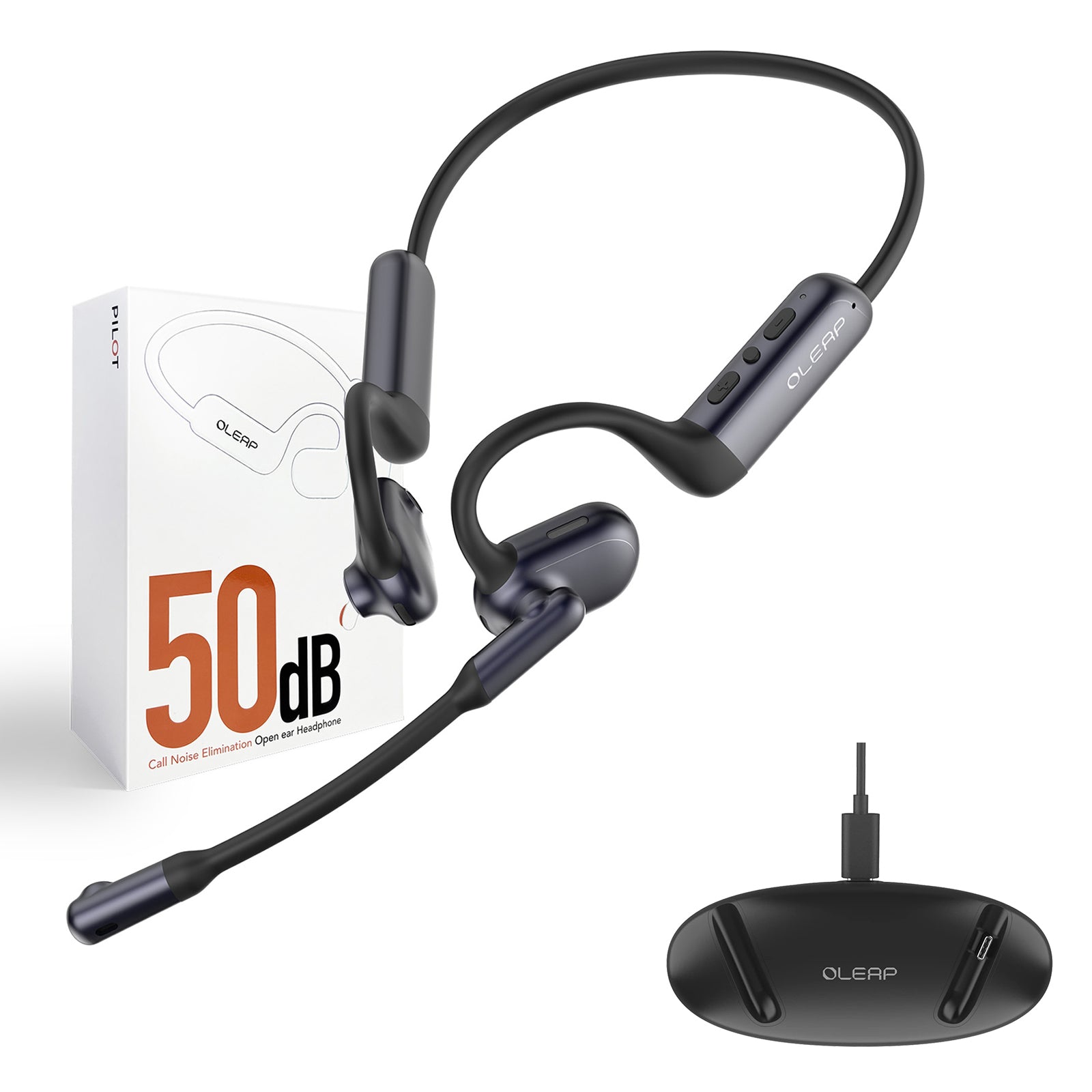As AI software continues to evolve, transcription tools and meeting assistants have quickly become standard in workplaces around the world. Today, most AI platforms can generate meeting notes, summarize conversations, and even extract key insights with impressive accuracy. On the surface, it may seem as though the gap between various AI transcription tools is shrinking — many services offer similar features, similar languages, and similar output formats.
But beneath this surface lies a crucial truth: AI transcription is only as good as the audio it receives. And this is where Oleap fundamentally changes the game.
The Hidden Problem Behind AI Transcription: Noisy Audio
Even the most advanced AI models — capable of recognizing dozens of languages and generating structured summaries — struggle when the audio input is distorted, unclear, or contaminated by background noise.
In real-world environments such as open-plan offices, coworking cafés, noisy commutes or multi-speaker online calls, background noise does more than make calls unpleasant — it reduces AI accuracy. Misheard words, broken phrases, and lost context directly translate into flawed transcripts and unreliable summaries.
This is the true bottleneck of contemporary AI transcription. Not the model itself, but the environment feeding into it.
Oleap’s Breakthrough: 50 dB ENC That Makes AI Smarter
Most communication headsets on the market provide 20–30 dB of noise suppression. This helps reduce some ambient sound, but it is insufficient for environments involving speech, engines, crowd noise, or dynamic conversations.
Oleap’s Tsinghua-based acoustic research team, with more than 20 years of expertise, developed a new generation of 50 dB Environmental Noise Cancellation (ENC) — an industry-leading capability that reduces ambient noise energy by up to 100,000 times.
This is enabled by dual- or multi-microphone arrays, unidirectional and omnidirectional ECM mics, Gammatone auditory filter banks, deep-learning noise suppression, blind source separation for speech clarity.
These technologies ensure that AI models — especially those integrated in Oleap Archer — receive clean, stable, high-fidelity voice input, free from environmental interference.
In other words:
Oleap gives AI the audio quality it needs to perform at its best.
Cleaner Input = Smarter Output
When AI receives cleaner audio input, everything improves:
u transcripts become more accurate,
u summaries become more reliable,
u speaker identification becomes clearer,
u action items are extracted correctly,
u multilingual recognition becomes significantly stronger.
For professionals, this translates into tangible productivity gains. Instead of checking, correcting, or rewriting transcripts, teams can rely on AI-generated notes confidently.
Whether it’s a 45-minute client meeting, a cross-border negotiation, a technical workshop, or a team brainstorming session — clarity shortens workflows.
A Productivity Tool Designed for Modern Work
The Oleap Archer isn’t just a headset — it is an integrated productivity device that blends acoustic engineering with AI-powered recognition, including:
Ø real-time transcription,
Ø AI-generated meeting summaries,
Ø support for 89 languages,
Ø multiple recording modes (Call / Personal / Media / Ambient),
Ø dual-device connectivity,
Ø a lightweight 13 g semi-in-ear design for all-day comfort,
Ø up to 28 hours of use with its charging case.
Every element is built around a single mission:
help professionals communicate better, think clearer, and work smarter.
Silence Is No Longer Just Comfort — It Is Intelligence
In the modern workplace, silence is no longer about eliminating distractions;
it is about enabling better work.
With Oleap, AI becomes more accurate, meetings become more efficient, and professionals gain more time to focus on what truly matters.
The future of productive communication doesn’t come from quieter rooms —
it comes from smarter audio technology.




